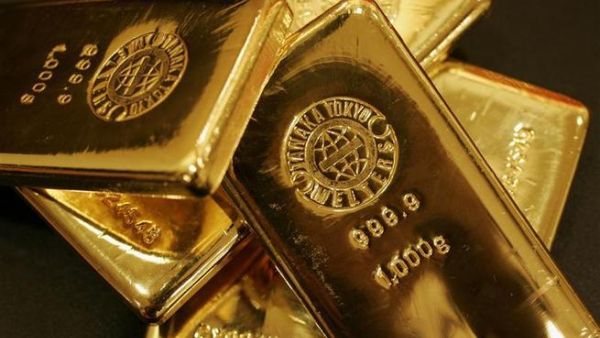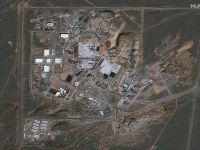At the end of the second quarter this year, global gold demand stood at 919.8 tons, down by 17 percent year-on-year, according to World Gold Council. However, in value terms, gold demand surged five percent to reach $44.5 billion. Almost half the pull came from the jewellery segment with buyers from India, China, Saudi Arabia and USA topping the list.
These four countries together made up 46 percent of the world demand. Indias mushrooming economy, up-coming festivals and better-than-expected harvest is expected to further strengthen sales. Meanwhile, as world equity markets collapse and the European debt crisis creates ripples across countries, demand for gold-backed ETFs has also increased in the past few years, experiencing a 152 percent zoom in 2008.
Investors flock to safer havens like gold, as US Treasury Inflation-Protected Securities (TIPS) yields fall to its sixty year lows. Demand for technological uses of the metal remained more or less unaffected; whereas physical demand for bars and coins rose by 42 percent in 2QCY11 over the same period last year. Yet again, India and China dominated this rush. Mine production was the only positive contributor to the gold supply, increasing by a modest seven percent in 2QCY11. However, the price of the metal is hardly determined by the equilibrium of demand and supply, as the bull-run is largely driven by speculation. Analysts compare the recent ascent to the commodities boom of 1980s, when gold prices spiked to reach a record high of $850 per ounce, only to plummet soon and settle within $300-$400 for some years to come. Adjusting for inflation, this record still stands waiting to be broken, which in other words, means 2000-dollar-prophecy may well come true. So long, wedding revellers.
Newswire adds: Gold prices held steady as investors stood on the sidelines ahead of a key US payrolls report due later in the day, after recent data sent mixed signals about the status of the world's largest economy. Caution is likely to prevail before the key US August employment report is released at 1230 GMT. Nonfarm payrolls are expected to have increased 75,000, slowing from July's 117,000 rise, according to a Reuters survey.
A big surprise in the jobs data could move gold prices up or down. Short of a huge discrepancy with forecasts, however, many players will continue to try to ride the middle ground. "Gold seems to have a trading band of $1,810 and $1,840, and is unlikely to break the range ahead of the payrolls data," said David Thurtell, a Citigroup analyst. Spot gold edged up 0.2 percent to $1,828.29 an ounce by 0238 GMT, little changed from a week earlier. US gold inched up 0.1 percent to $1,831.30, headed for a weekly gain of 1.9 percent. Investors will keep an eye on inflation figures from China next week to gauge the progress of Beijing's battle against rapidly rising prices, while a two-day policy meeting of the US Federal Reserve starting Sept. 20 will also be in the spotlight.
Financial market participants are eager to learn if the Fed plans to launch more stimulus plan to spur the ailing economy. Latest data showed unexpected growth in the US manufacturing sector in August and fewer jobless claims last week, despite a slump in confidence that threatened to push the economy back into recession. Uncertainties around global growth have sent anxious investors to the safety of gold. Bullion prices surged about $400 in July and August on a record-setting rally.








